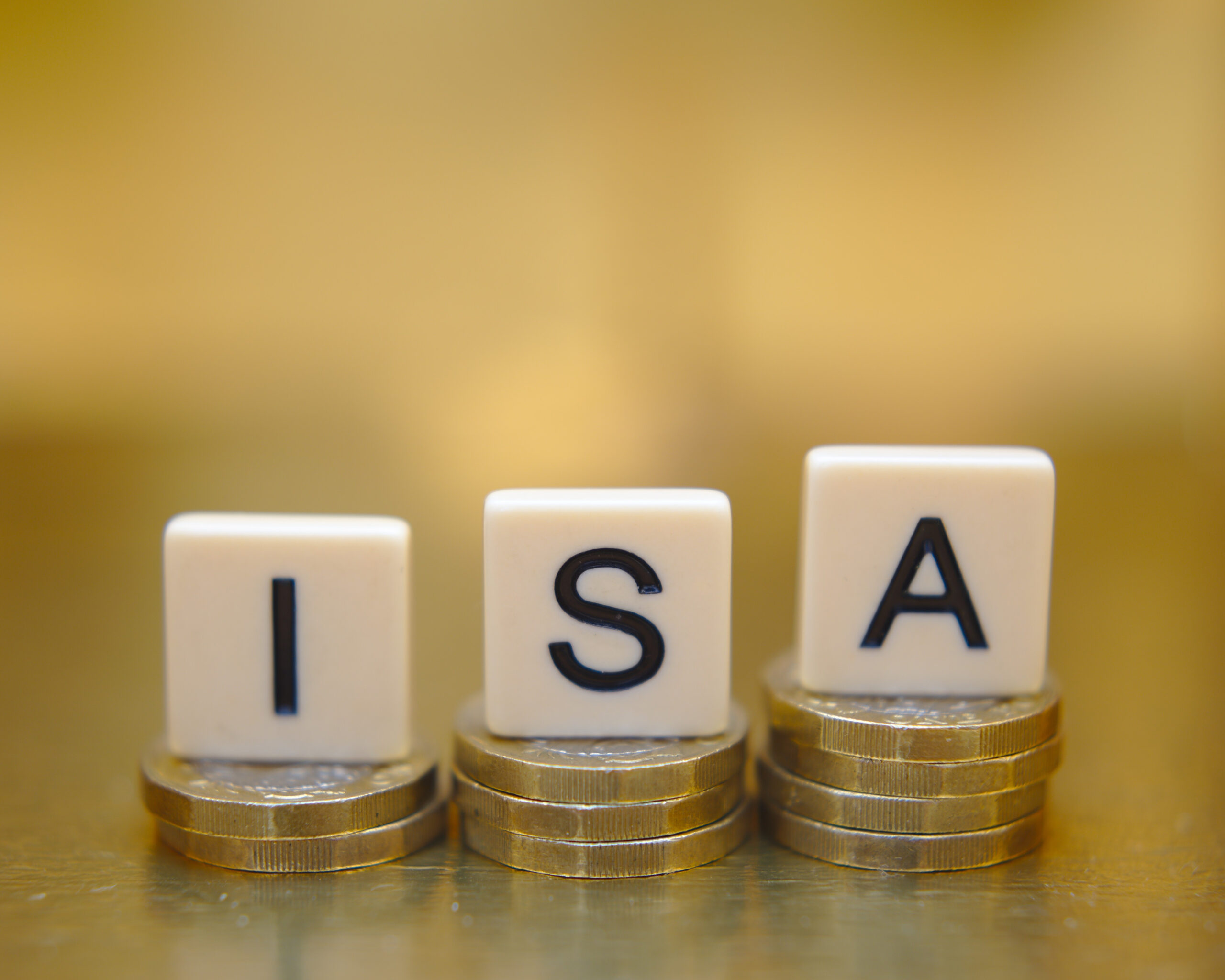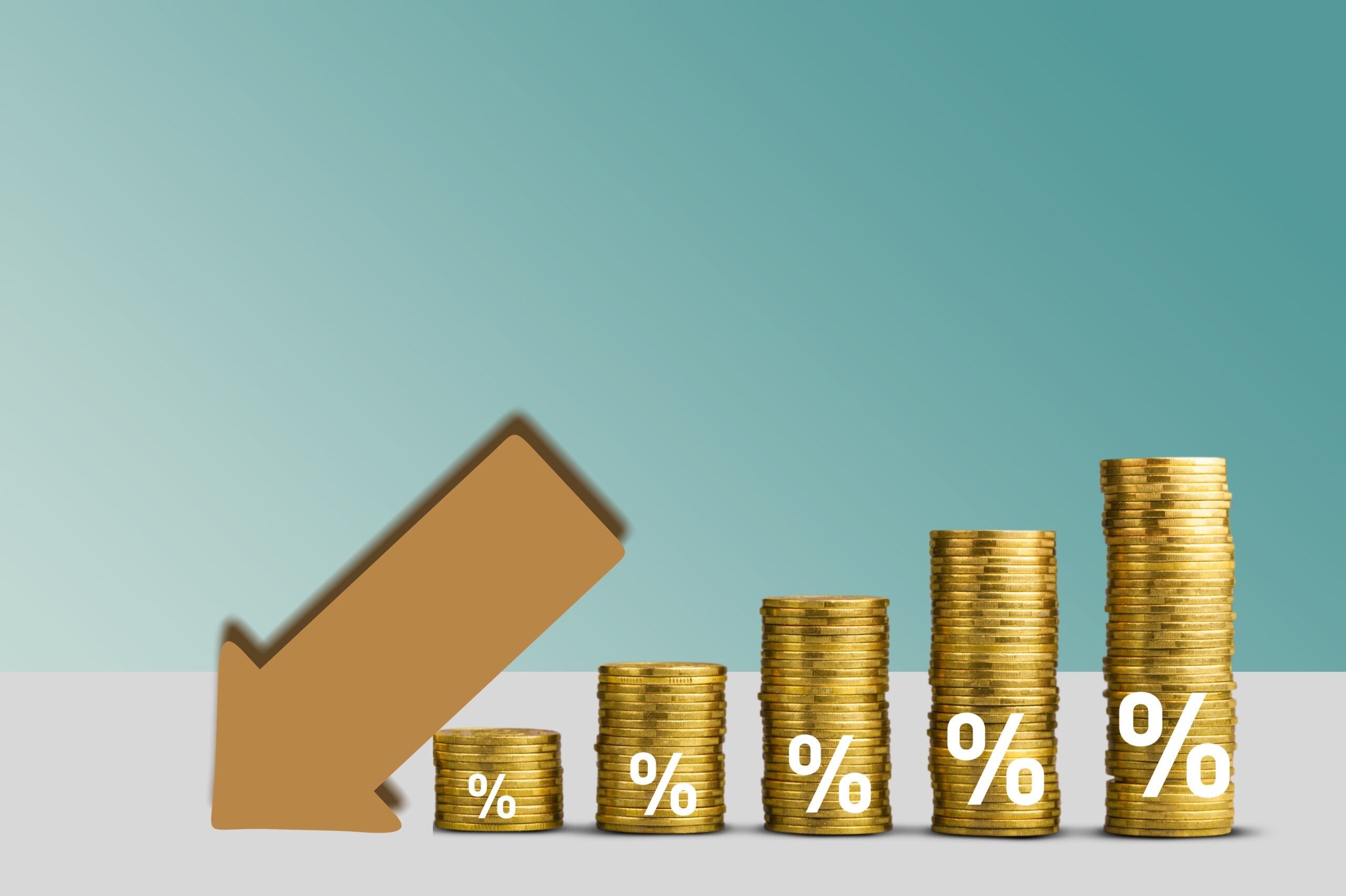
Improved terms, together with the erosion of tax allowances elsewhere, are making ISAs a favourable option for the new tax year.
Since their launch, successive Chancellors have made revisions to Individual Savings Accounts (ISAs). In the Autumn Statement 2023 and recent Budget, the current Chancellor introduced useful administrative simplifications for 2024/25, but left the investment limit at £20,000, a figure unchanged since 2017/18.
However, it is arguable that Jeremy Hunt’s most important boost for ISAs appeared in the previous year’s Autumn Statement, when he announced:
- The dividend allowance was to be halved to £1,000 for 2023/24 and then halved again to just £500 for 2024/25.
- Similarly, the capital gains tax (CGT) annual exempt amount was to be cut from £12,300 to £6,000 for 2023/24 to be followed by a further cut to £3,000 for 2024/25.
- The personal savings allowance zero level for additional rate taxpayers would affect many more taxpayers from 2023/24 because the additional rate threshold was cut by nearly £25,000 to £125,140.
The dramatic reductions in the dividend allowance and the CGT annual exempt amount alone mean that you could be paying up to £2,450 more tax on the returns from your investments in 2024/25 than 2022/23. Even a basic rate taxpayer could find themselves over £1,050 worse off.
Take another look
One way to sidestep these tax increases is to maximise the use of ISAs. As a reminder:
- Dividend income within an ISA is free of UK income tax, although withholding tax may apply to foreign dividends.
- Interest from deposits or fixed interest securities is also free of UK income tax.
- Gains on investments held within ISAs are free of CGT.
- There is nothing to report regarding ISAs on your tax return.
Despite these tax advantages, in recent years ISAs have fallen out of favour with investors. The latest HMRC data (for 2021/22) shows subscriptions for that year were 20% less than in 2014/15. Part of that decline is probably due to the April 2016 launch of the dividend allowance (initially set at £5,000) and personal savings allowance. Low interest rates were also likely to have been a factor – the popularity of cash ISAs suffered when rates were near zero.
As we enter into a new tax year, now is the time to consider your ISA contributions. You can not only make an ISA investment of up to £20,000 over 2024/25 but you should also review your existing ISAs to make sure you are making full use of their tax benefits; cash ISAs may not offer you the optimum tax savings.
Tax treatment varies according to individual circumstances and is subject to change.
Stocks and Shares ISAs invest in corporate bonds; stocks and shares and other assets that fluctuate in value.
Investments do not offer the same level of capital security as deposit accounts. Investing in shares should be regarded as a long-term investment and should fit with your overall attitude to risk and financial circumstances. The value of your investment and the income from it can go down as well as up and you may not get back the full amount you invested. Past performance is not a reliable indicator of future performance. The Financial Conduct Authority does not regulate taxation advice or advice on capital gains tax.





